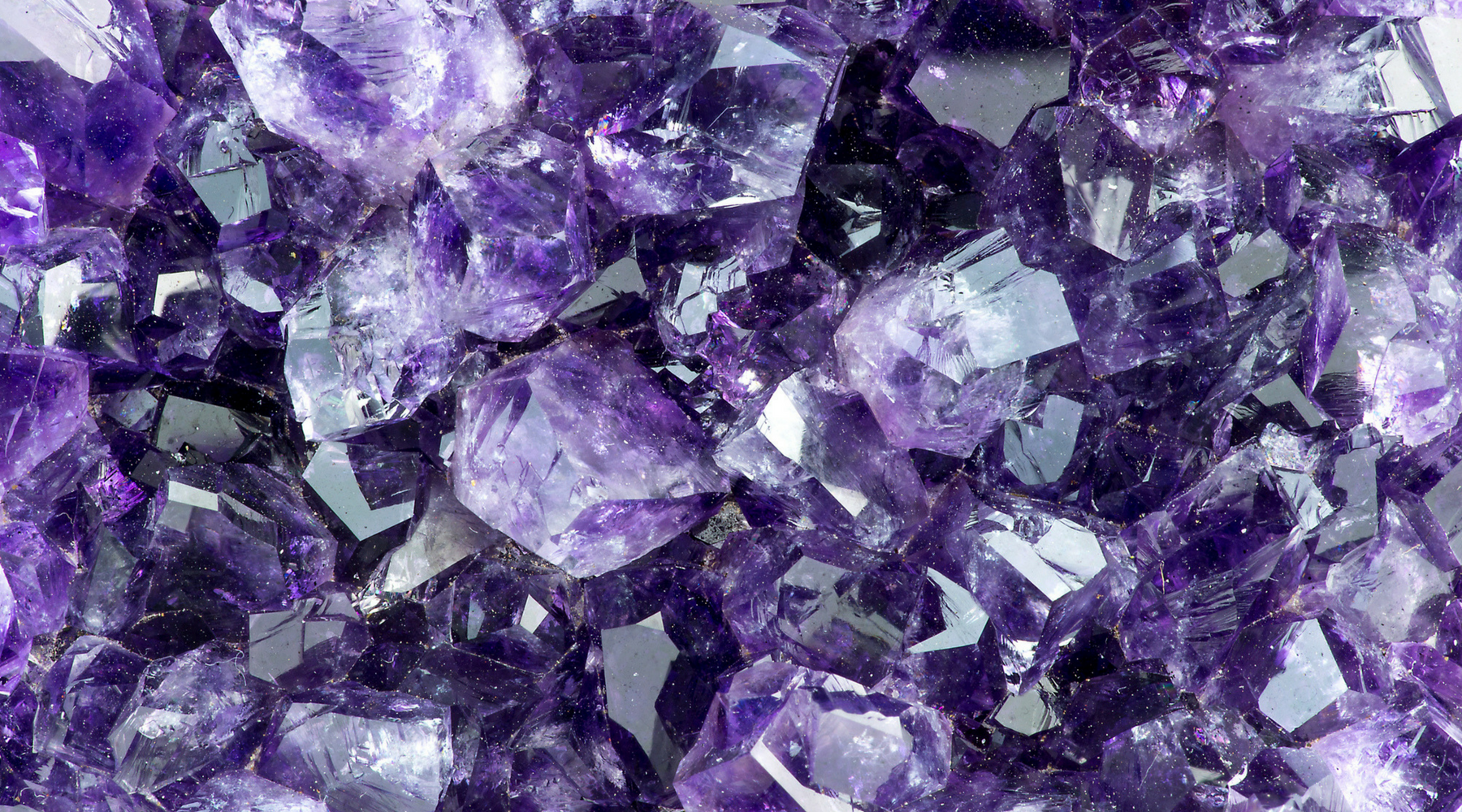What Makes Teal Gemstones Unique in The World Of Gemology?
Gemology, the study of gemstones, has long been a captivating field, with each gem holding its own mystique and allure. In recent years, teal gemstones have emerged as a distinctive category, drawing attention for their unique color and fascinating properties. This article delves into the world of teal gemstones, exploring their origins, characteristics, and the growing fascination surrounding these gems. Additionally, we'll touch upon the contrast with the more well-known amethyst stones, highlighting the factors that set teal gemstones apart in the realm of gemology.
The Intriguing World of Teal Gemstones:
Teal gemstones are a mesmerizing subset in the vast spectrum of gemstone colors. Their distinct teal hue, which lies somewhere between blue and green, is often associated with tranquility and sophistication. These gems can be found in various mineral families, including tourmaline, aquamarine, and even certain varieties of sapphires. What sets teal gemstones apart is their ability to evoke a sense of calmness while simultaneously capturing attention with their vibrant and unique coloration.
Origins and Geological Significance:
To understand what makes teal gemstones unique, it's essential to explore their geological origins. Teal hues are often the result of specific mineral impurities or trace elements within the gemstone's crystal structure. For example, the presence of copper can impart a beautiful teal shade to certain varieties of tourmaline, while iron content can influence the color of teal sapphires. The geological processes that shape these gems over millions of years contribute to their rarity and individuality.

Cultural and Historical Significance:
Throughout history, gemstones have held cultural and symbolic significance in various societies. Teal gemstones, with their serene yet vibrant color, have been revered for their perceived mystical properties. In some cultures, these gems are associated with emotional balance and spiritual growth. Exploring the historical significance of teal gemstones provides a deeper appreciation for their enduring appeal and the timeless allure they hold for collectors and enthusiasts alike.
Teal Gemstones vs. Amethyst Stones:
While amethyst stones are widely known and cherished for their rich purple hues, teal gemstones offer a refreshing departure from the more traditional gemstone colors. The contrast between these two varieties brings to light the diversity within the world of gemology. Amethyst, with its deep purple tones, has long been associated with royalty and luxury. In contrast, teal gemstones bring a sense of modernity and uniqueness, appealing to those seeking a departure from conventional gemstone choices.
Gemstone Market Trends:
As consumer preferences evolve, the gemstone market adapts to meet the demand for unique and unconventional choices. Teal gemstones have gained popularity in recent years, with designers and jewelers incorporating them into innovative and contemporary jewelry pieces. This shift in trends reflects a growing appreciation for individuality and a desire to stand out in a sea of more traditional gemstone options.

Care and Maintenance:
Understanding the characteristics of teal gemstones is crucial for proper care and maintenance. Like any gem, these stones require specific handling to preserve their beauty and longevity. This section provides practical advice on cleaning, storing, and caring for teal gemstones, ensuring that enthusiasts can enjoy their unique charm for years to come.
Conclusion:
In the dynamic world of gemology, teal gemstones have emerged as a captivating and sought-after category. Their unique color, geological origins, and cultural significance contribute to their enigmatic allure. Contrasting teal gemstones with the well-known amethyst stones highlights the diversity within the gemstone world, appealing to a broad spectrum of tastes and preferences. As these gems continue to gain popularity in the market, their timeless beauty and distinctive qualities make them a fascinating subject of exploration for gem enthusiasts and collectors worldwide.
Comments
Post a Comment